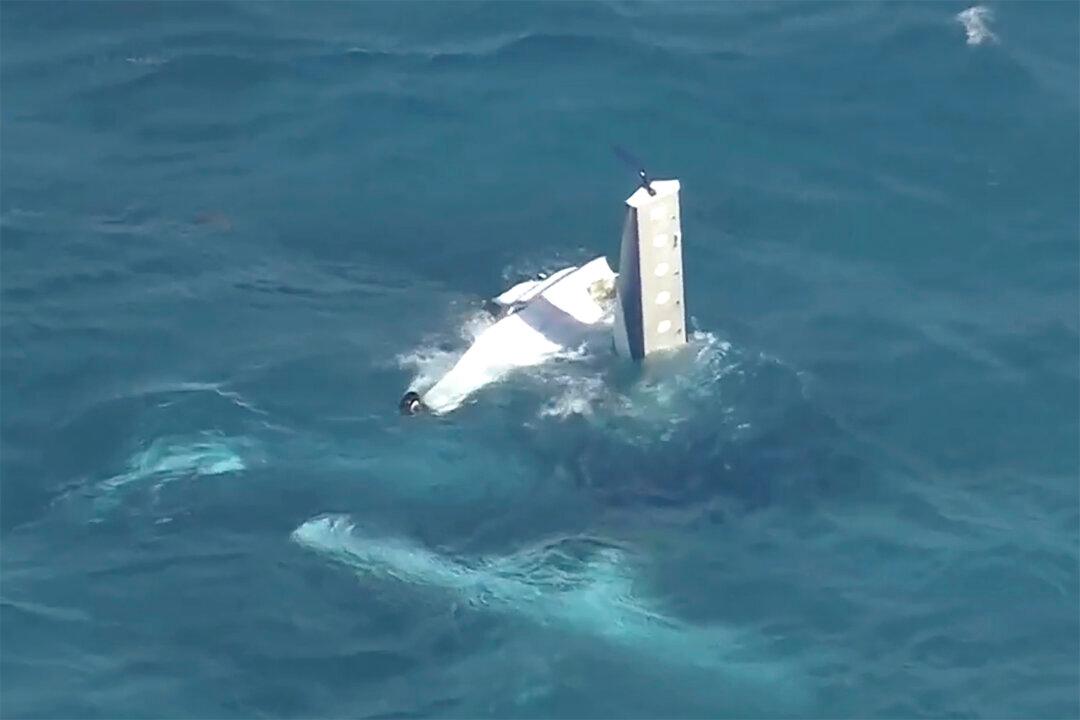An aviation expert says authorities may have to keep a closer eye on the light commercial flying sector amid the latest crash on Jan. 7 that claimed the lives of three individuals.
The incident around Rottnest Island in Western Australia claimed the lives of the pilot, a Danish tourist, and Swiss tourist, while four survivors were rescued from the ocean.





